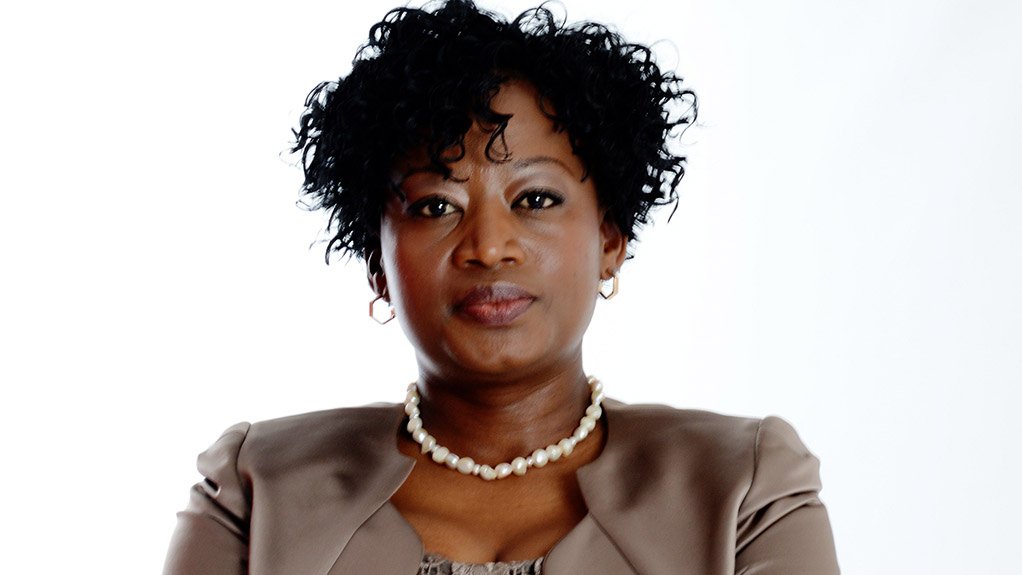- GBCSA (0.15 MB)
/ MEDIA STATEMENT / This content is not written by Creamer Media, but is a supplied media statement.
The built environment has a major role to play in climate change mitigation, and progressively more South African property investors are rising to the challenge with positive impacts on the environment and their businesses.
This is the word from the Green Building Council South Africa in light of the World Meteorological Organisation’s (WMO) recent announcement that 2016 is now the hottest year on record. Record-keeping began in the 1880s, and 2016 set a new global heat record for the third year in a row. This means that 16 of the 17 hottest years on record have occurred since 2000.
For its calculations, the WMO combined global temperature datasets from various reputable sources across the globe. Despite their different data methods, all agencies agree that 2016 continued the trend of global warming that has been persistent since the 1970s. Also, they concur that by pumping greenhouse gases into the atmosphere, human behaviour is warming the planet in the long term.
“The good news is that we can change our behaviour. In fact, we already are,” says Dorah Modise, CEO of the GBCSA. "The property sector knows it has a substantial contribution to make in rapidly reducing emissions. It is taking action by designing, building and operating buildings in ways that are better for the environment.”
So far, 230-plus formal green building certifications have been achieved in South Africa.
“We believe this is only the beginning. There is much more to come. We have already started doing what needs to be done. Now, we need to do it more and do it better,” says Modise. “As the GBCSA enters its tenth year, all signs point to green building gaining even greater momentum in the country. The reason for this is simple. Green building has proven to be a good business decision.”
Over the nine years, the property industry has learned many lessons from its investment in green building, the most important being that they can do well by doing good.
“South Africa’s property giants are all committed and showing real delivery,” says Modise. “Our green building movement is setting its own impressive records.”
Old Mutual was recently awarded a five-star Green Star SA Existing Building Performance rating for its Mutualpark offices in Pinelands, Cape Town. This rating by the GBCSA makes it the largest existing building to achieve this rating in the southern hemisphere.
The Woolworths Palmyra store in Claremont, Cape Town, recently became the first retail outlet in South Africa to achieve a 5-star rating certified by GBCSA, using the Green Star SA – Existing Building Performance Custom Tenant rating tool.
Growthpoint Properties’ Greenfield Industrial Park in Cape Town recently received South Africa’s first formal rating for an industrial property, a 4-Star Custom Industrial As-Built Green Star SA certification by GBCSA. Growthpoint owns the biggest number of green-rated buildings in the country – over 50.
The residential sector is also demonstrating a rapid uptake in green building, with 3500 homes registered with the GBCSA to target EDGE certification following the first year of operating the rating tool, The Ravenswood project in Johannesburg, developed by International Housing Solutions (IHS) was the first project to be completed to the EDGE standard and is currently being let to tenants who stand to benefit from the significant energy and water efficiency measures integrated into the units.
Each formal green building certification marks more progress towards climate change mitigation and better environments in South Africa’s metros, cities and towns.
“When we build better, we do better. Green building is a good decision for business, for people and for our planet,” says Modise.
Edited by: Creamer Media Reporter
EMAIL THIS ARTICLE SAVE THIS ARTICLE
ARTICLE ENQUIRY
To subscribe email subscriptions@creamermedia.co.za or click here
To advertise email advertising@creamermedia.co.za or click here













